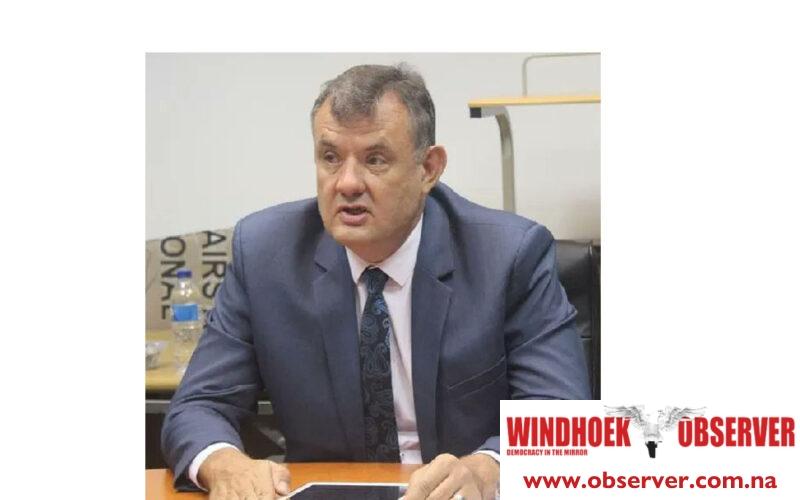Niël Terblanché
In order to strategically enhance its position as a gateway for tourism and trade, the Namibian government has initiated a new visa policy that allows travellers to obtain visas upon arrival at Walvis Bay harbour and other major entry points across the country.
The new policy came into effect last Thursday and aims to streamline the entry process and make Namibia a more accessible and appealing destination for international visitors.
Etienne Maritz, the Executive Director of the Ministry of Home Affairs, Immigration, Safety and Security, announced the policy shift and added that it aims to simplify travel logistics and reduce the bureaucratic hurdles previously faced by tourists and business visitors.
Maritz said that by minimizing waiting times and administrative obstacles, the new visa-on-arrival system is expected to enhance visitor convenience while maintaining robust security measures.
“The introduction of visas upon arrival at Walvis Bay Harbour is particularly noteworthy given the port’s critical role in maritime trade and tourism,” he said.
Positioned as an important logistical hub, the port of Walvis Bay is set to play a central role in driving Namibia’s economic prosperity forward.
According to Maritz, the broader application of the visa-on-arrival policy includes other vital ports of entry such as Hosea Kutako International Airport and Walvis Bay Airport, along with key border posts like Trans Kalahari and Katima Mulilo, among others.
Priced at N$1,200 (approximately US$63), the visa grants 90 days of stay.
Maritz said that the 90-day duration is aimed at providing tourists ample time to explore Namibia’s rich landscapes, vibrant cultures, and various economic opportunities, thereby promising a boost to the local tourism sector.
“This policy revision aligns with Namibia’s ongoing efforts to position itself as a welcoming and tourist-friendly destination,” he said.
He added that by facilitating easier access for a broader spectrum of international visitors and investors, Namibia hopes to see a marked increase in tourist arrivals and enhanced economic engagement.




